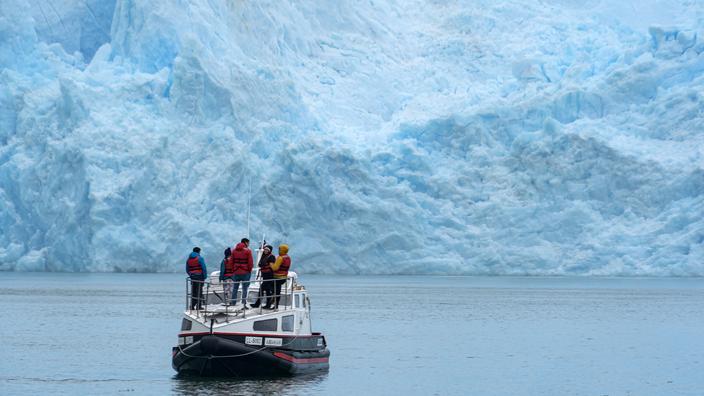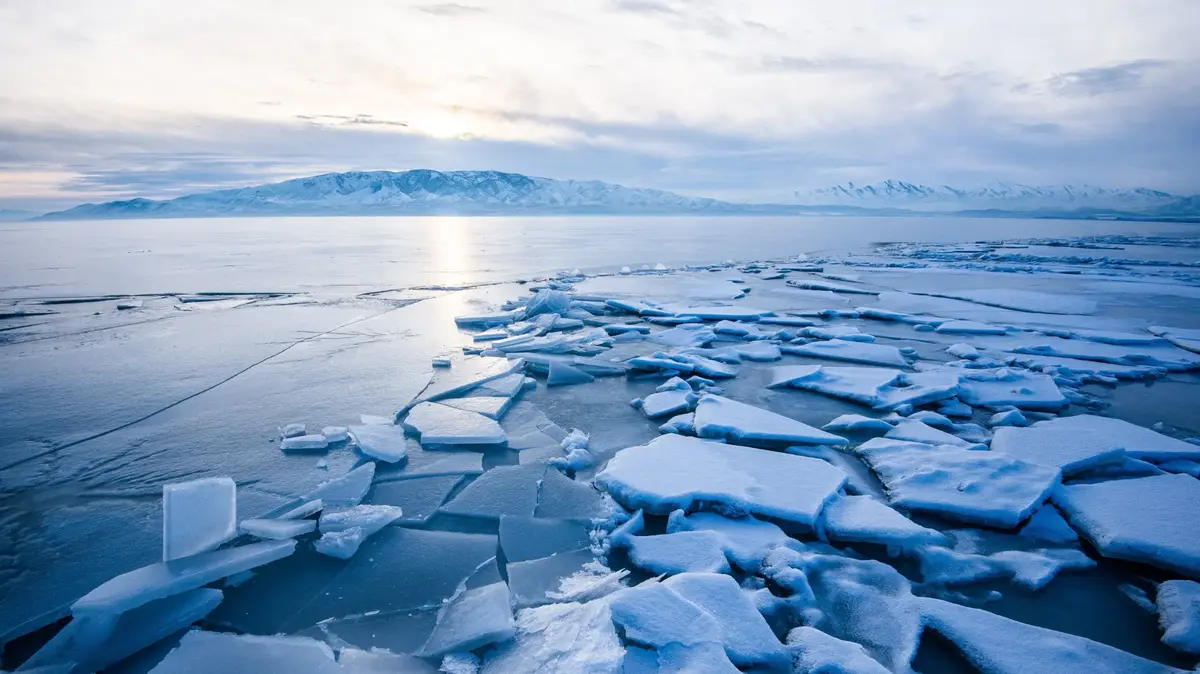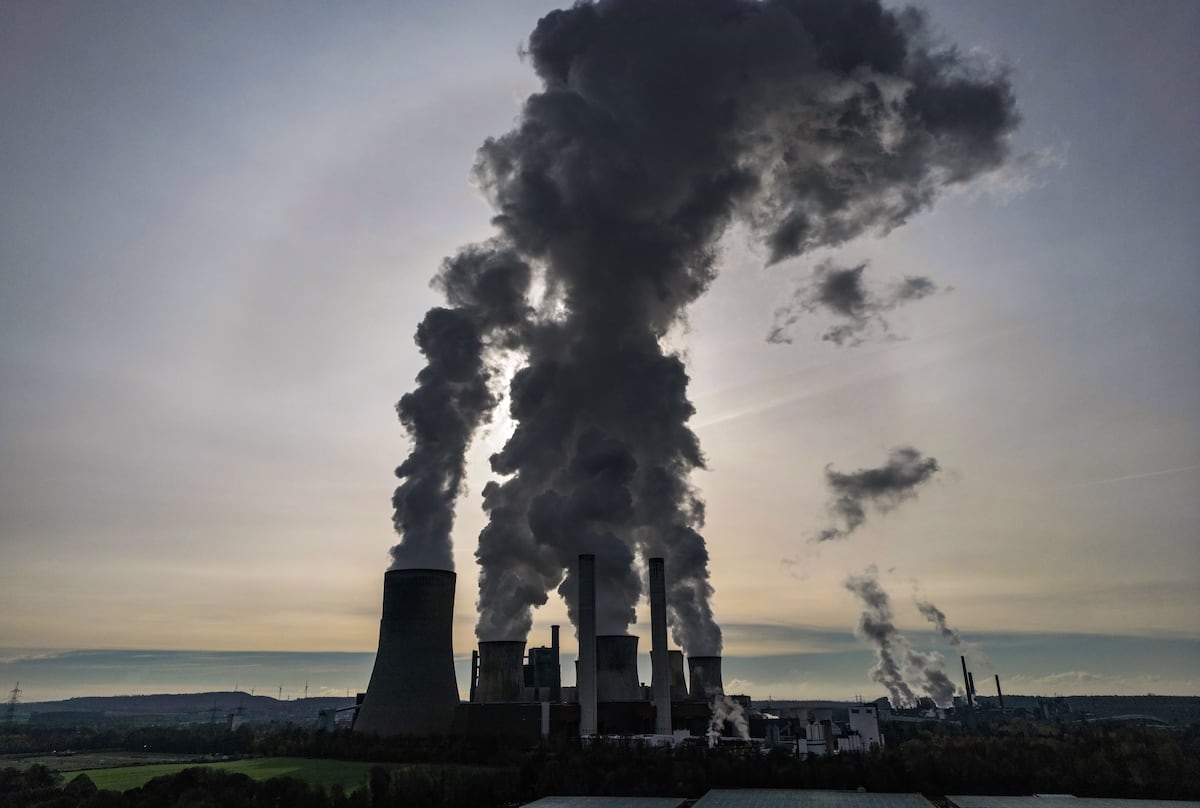A fissure bars the San Rafael Glacier and a tall iceberg as a ten-story building collapses into the lake.
In the extreme south of Chile, glaciers are an "
indicator par excellence
" of the effects of global warming, say the scientists.
Read alsoGreenland: a heat wave causes an episode of “massive” melting of the ice
A hundred icebergs float on the surface of Lake San Rafael, located in the Aysen region, 1700 km south of Santiago.
150 years ago, the glacier of the same name covered two thirds of the lake.
It has now retreated 11 km inside the valley and is no longer visible on the lake.
A total of 39 glaciers make up the Campo de Hielo Norte (Northern Patagonian Icefield), which together with the Campo de Hierlo Sur (Southern Icefield) forms the third largest mass of ice in the world after Antarctica and Greenland. according to Chilean scientists.
“Glacial Lake Overflow Flood”
The melting of glaciers is a natural phenomenon that climate change is accelerating "
significantly
", reminds AFP Jorge O'Kuinghttons, head of the Regional Glaciology Unit at the General Directorate of Waters (DGA).
"
Glaciers are an indicator par excellence of climate change,
" says Alexis Segovia, 42, another researcher in this unit.
He recalls that the phenomenon observed in the Aysen region is visible in almost all of the 26,000 glaciers in Chile: only two have increased in surface.
Read also Melting ice in Greenland: the dizzying predictions of American researchers
Data confirmed by the European Space Agency that glaciers in Patagonia, both Chile and Argentina, are retreating faster than anywhere else in the world.
Alexis Segovia also points out that it is a vicious circle because the icy surfaces "
reflect a large quantity of the radiation which arrives on Earth
".
If this surface continues to shrink, the planet “
will warm up faster
”.
Another sign is the flooding of areas that were previously unaffected by the phenomenon.
"
Falling icebergs generate a huge flood called a 'glacial lake overflow flood'
," explains Jorge O'Kuinghttons.
“
Sectors are flooded that were not flooded before
”, the water swelling the rivers of the region and which can affect urban areas and infrastructures located further downstream.
Read alsoGlobal warming: the rail world calls for “a major effort” for rail
On another lake in the region, Lake General Carrera, the second largest lake in South America, shared by Chile and Argentina, Santos Catalan, who earns his living raising cows and sheep, sails daily aboard a boat on the waters of a fjord dominated by the Cordon Contreras glacier.
He thus earns additional money thanks to the transport of tourists.
The sexagenarian is witness to the changes that are taking place: "
Fifteen or twenty years ago, it started to snow very little and it is melting more and more because the heat is very strong
", he says, at the helm. Of the boat.
At any time, "
an ice collapse can occur and sweep everything away
", warns the sailor, who is experiencing this change on the front line.














